06:25, 12/08/2023
An Long Pagoda is nestled in a garden next to 2nd September Street, Binh Hien Ward, Hai Chau District, Da Nang City. Few people know that An Long Pagoda houses an extremely valuable artifact: a sandstone stele that was classified as a National Historical Monument by the Ministry of Culture and Information on December 2nd, 1992.
The origin of An Long Pagoda is linked to a folk tale that in 1471, King Le Thanh Tong, while conquering Champa, anchored his ship on the Han River. At that moment, the king's ship ran out of drinking water, and his soldiers searched for a fresh water source. They found a clear pool of water on a sandbank on the left bank of the river. After expanding the territory, the king ordered the villagers to build a pagoda on that sandbank with the fresh water pool, naming it Long Thu Pagoda. According to the pagoda's records, it was named Long Thu from the beginning because of a miraculous appearance of Buddha before its construction, and at one point, the head of a majestic dragon appeared in broad daylight. The mysterious origins of the pagoda, steeped in folk mythology, have been passed down through the ages.
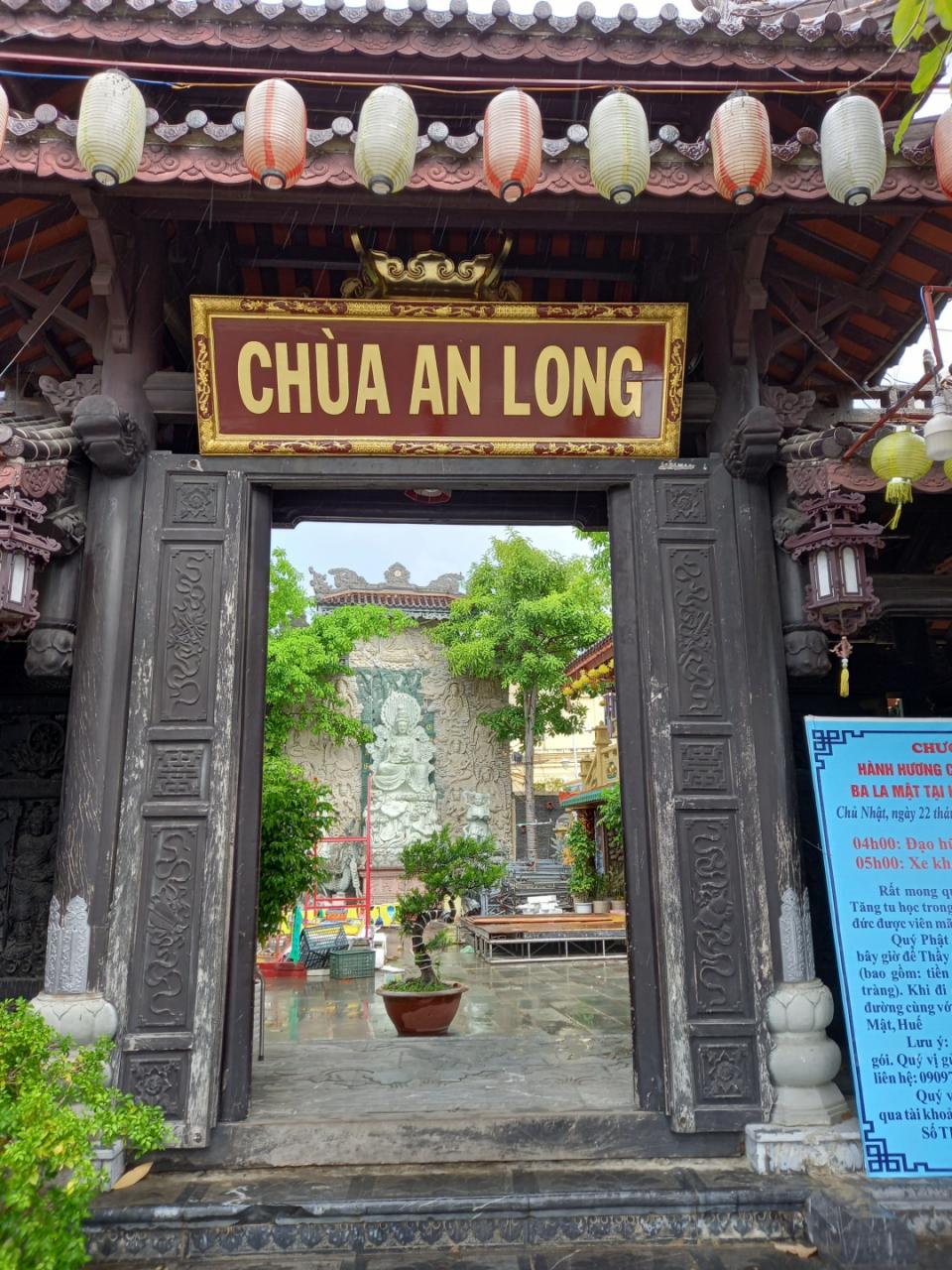 |
| Entrance to An Long Pagoda |
It wasn't until 1903, when a strange stone stele buried in the ground in front of the temple was unearthed, that the mystery surrounding the temple began to be solved. The gray stone stele, when unearthed, was broken in two, measuring 1.25 m high, 1.20 m wide, and 0.21 m thick. The stele's shape gradually narrows from bottom to top, creating a rounded peak resembling an inverted bell. In the center at the top is an image of the sun surrounded by clouds, while the bottom part features a lotus pedestal with two mythical creatures flanking it.
The inscription on the stele, written in rather faded Chinese characters due to erosion, consists of 368 characters, including six large characters carved horizontally and framed as "Lập Thạch Bi Thủ Long Tự" (Erecting the Stone Stele at Thủ Long Temple). This line has two small "wan" characters at either end. Inside the stele are 360 characters carved vertically from right to left. The back of the stele is carved with patterns but contains no characters. When the content of the inscription on this stele was translated into Vietnamese by the French scholar Henri Cosserat, all the secrets buried for generations were revealed.
According to the inscription, the stele was erected on April 1, 1654, during the 5th year of the reign of Emperor Lê Thần Tông. The inscription was compiled by Mr. Lê Gia Phước, a resident of Hải Châu village. The land where Long Thủ Pagoda is located is Nại Hiên village, Tân Phúc district, Điện Bàn prefecture, Quảng Nam province. The couple, Cai and his wife, along with the couple Cai and their wives, the village chief Trần Hữu Lễ and Trần Hữu Kỷ, the village head Phạm Văn Ngao, and the people of Nại Hiên village jointly contributed their labor and resources to build Long Thủ Pagoda on the land donated by Mr. and Mrs. Trần Hữu Lễ. The inscription also records that this is a sacred land, where the Buddha and the dragon's head are always present, responding to and rescuing those unfortunate in the mortal world.
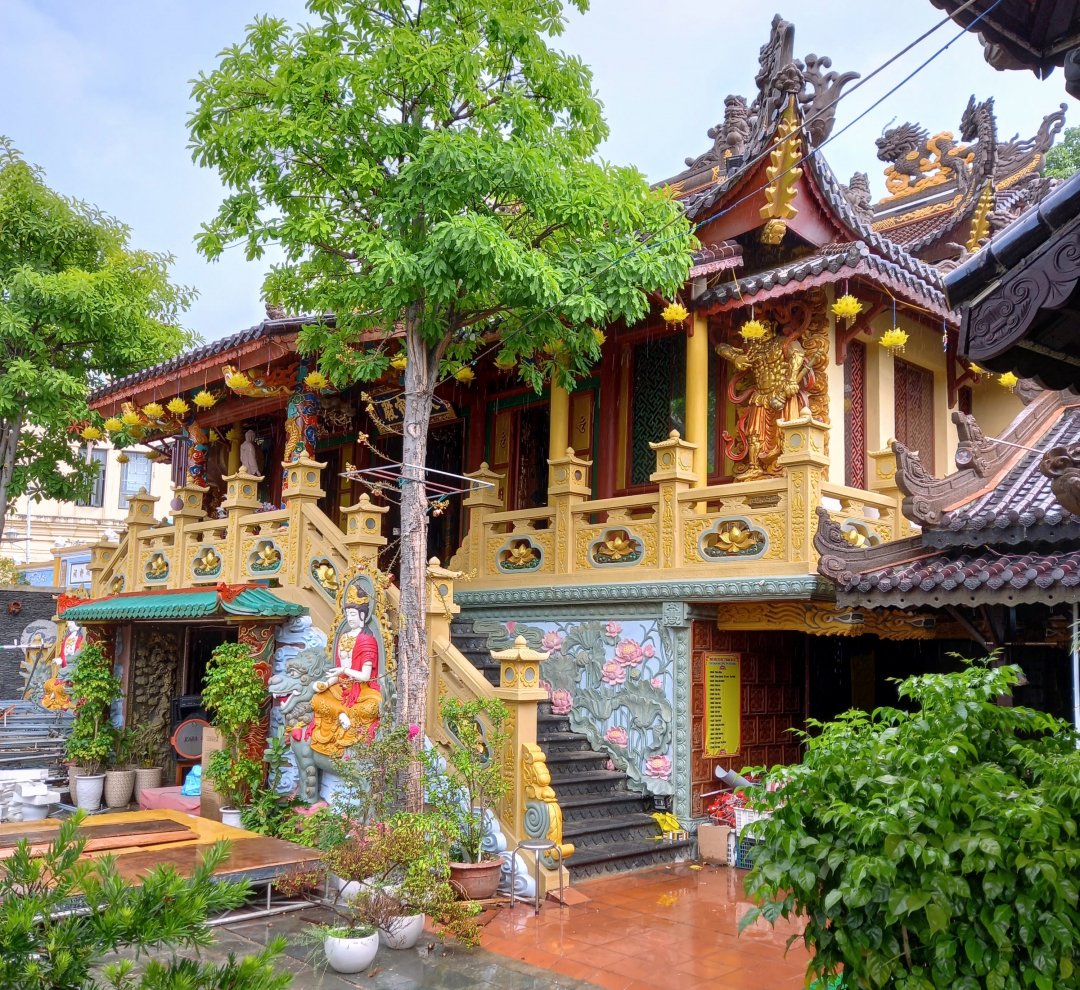 |
| An Long Pagoda today. |
According to the historical records of the Da Nang Cultural Heritage Management Center, in addition to the information clearly recorded on the stele from 1654, it also indicates that during the war between the Tay Son dynasty and the Nguyen lords, Long Thu Pagoda was completely destroyed, so in 1882, King Minh Mang ordered its reconstruction.
In 1925, the French Governor-General of Indochina issued a decision recognizing this stone stele as an ancient artifact. In 1935, Emperor Bảo Đại renamed it Long Thủ Pagoda to An Long Pagoda. Through many historical upheavals, the pagoda deteriorated and suffered severe damage. In 1961, monks, nuns, Buddhists, and followers from Nại Hiên Street, Bình Hiên Ward, contributed to rebuilding An Long Pagoda to its present form.
An Long Pagoda is located next to the Da Nang Cham Sculpture Museum, a treasure trove of artifacts showcasing the unique Cham culture.
Thai My
Source



![[Image] Close-up of the newly discovered "sacred road" at My Son Sanctuary](/_next/image?url=https%3A%2F%2Fvphoto.vietnam.vn%2Fthumb%2F1200x675%2Fvietnam%2Fresource%2FIMAGE%2F2025%2F12%2F13%2F1765587881240_ndo_br_ms5-jpg.webp&w=3840&q=75)



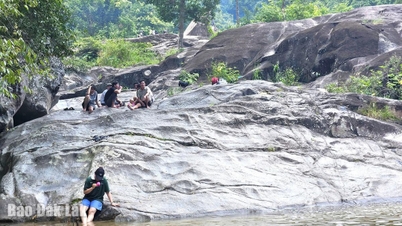

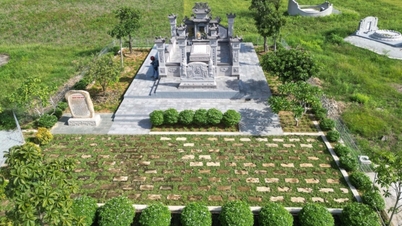



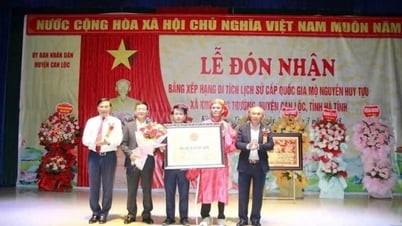


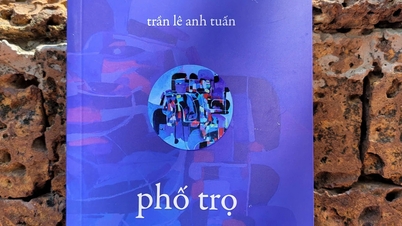









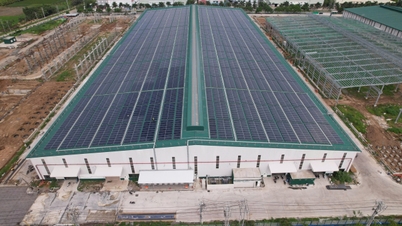









































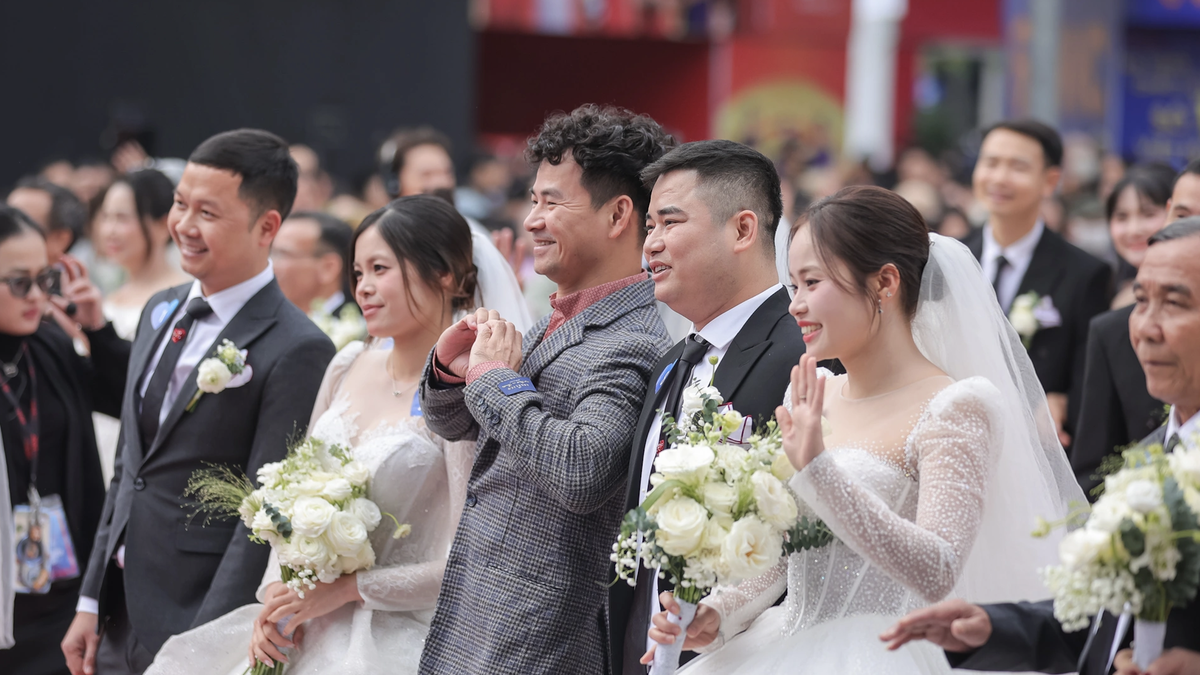
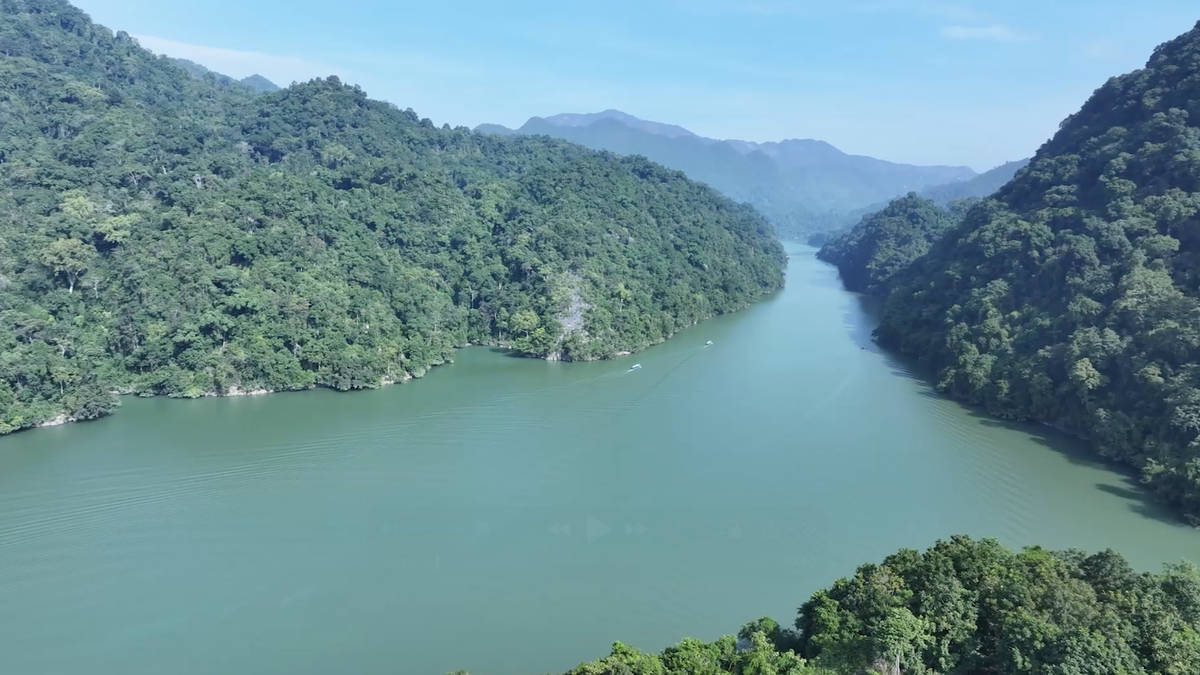

















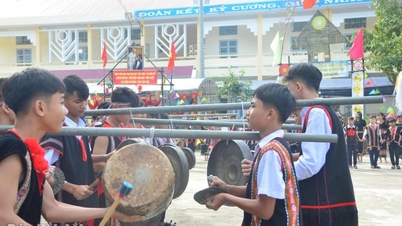
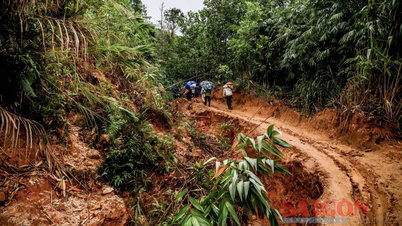
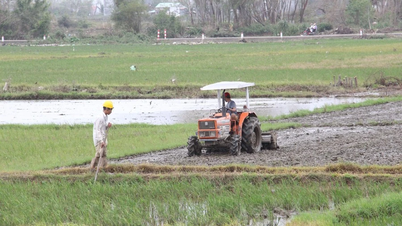





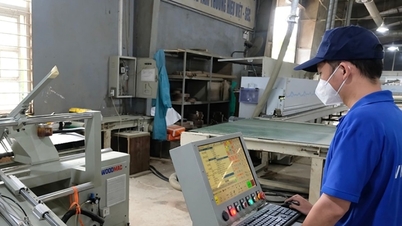















Comment (0)